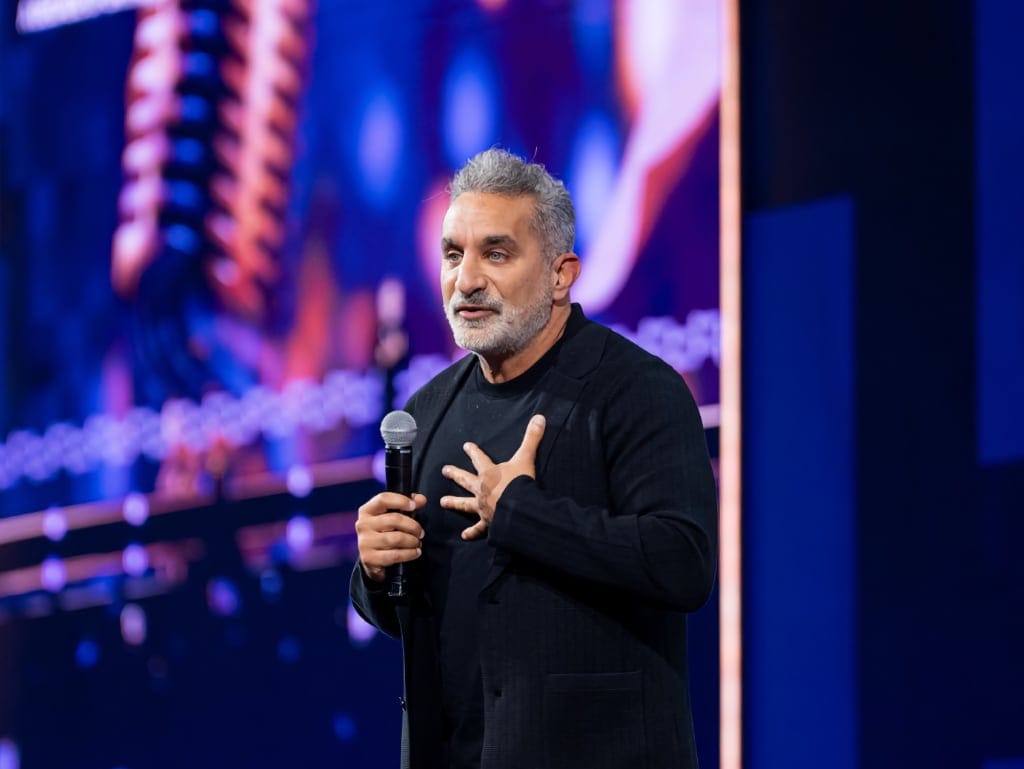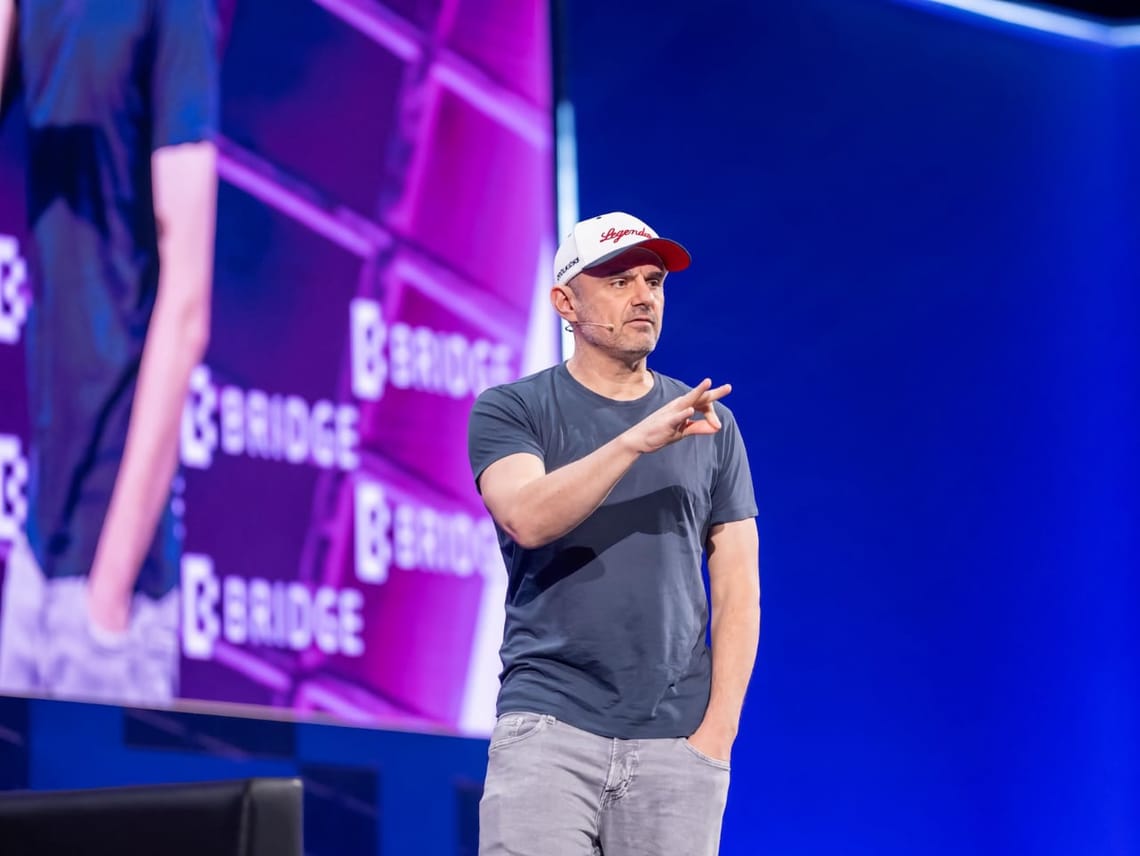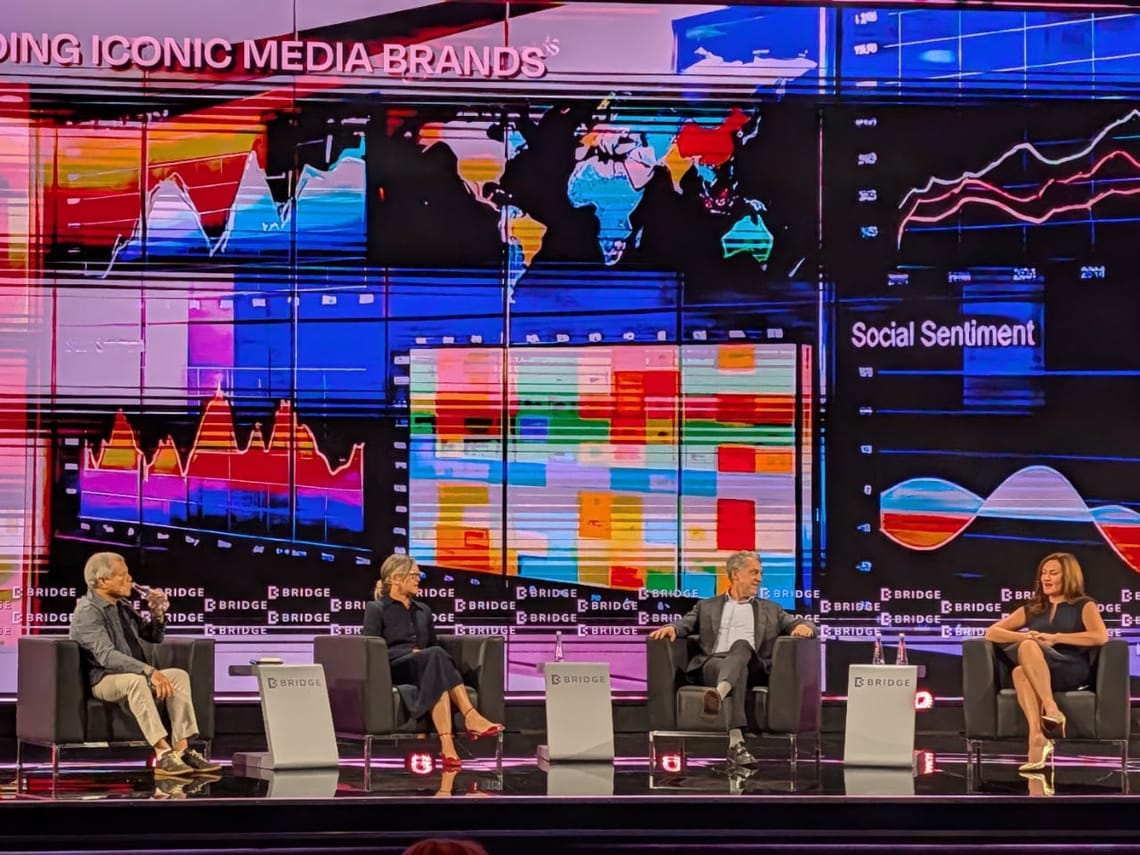Buy Now, Pay Later has gone well past trendy widget status in the Middle East. According to Amazon Payment Services’ re:Imagine Affordability – A Collective Vision whitepaper, BNPL is now baked into how people in the UAE, Saudi Arabia and Egypt shop, budget and even pay school fees.
The report pulls data and interviews from Tabby, Tamara and Valu, plus brands like IKEA, Cleartrip, Pan Home and GIG Gulf, giving a rare joined-up view of the region.
In short, young, smartphone-heavy populations plus tighter wallets and better fintech rails have turned split payments into a default expectation. For merchants, BNPL is less of a “growth hack”, more of a survival tool – especially for high-ticket carts.
- BNPL has moved from “nice-to-have” to mainstream across the UAE, Saudi Arabia and Egypt, driven by young, mobile-first shoppers.
- Merchants using BNPL see up to 35% higher conversion and as much as 50% higher basket sizes in MENA markets.
- Trust, clear terms, and Sharia-compliant, fee-free models are the main reasons shoppers pick Tabby, Tamara and Valu over traditional credit.
- Good UX matters: show BNPL early, keep mobile checkout fast, and make repayment schedules painfully clear.
- The next wave is AI-powered scoring, omnichannel “super apps”, and BNPL moving into education, travel, healthcare and insurance.
BNPL has grown up in MENA
BNPL in MENA isn’t one story; it’s three very different markets moving in the same direction.
- UAE and Saudi Arabia are the “mature” side, with strong digital payments, high smartphone use and shoppers who already trust online finance.
- Egypt is using BNPL to fill gaps in basic credit access, bringing formal financing to people with only a national ID and a phone.
- Across the region, around two-thirds of people are under 35, and they expect quick, mobile-first, fee-free payments.
- BNPL is seen less as debt and more as a budgeting tool to smooth salaries and costs.
In the Gulf, credit cards have been around for years, but younger shoppers are over the opaque fees and interest. Tabby and Tamara pitch short-term, interest-free, Sharia-compliant plans that feel closer to “smart cashflow” than old-school borrowing.
In Egypt, Valu built a real-time, API-driven decision engine so shoppers can get approved in minutes rather than dealing with paperwork and bank visits – important in a country where half its customers are unbanked or underbanked.
If you want a real-world example of how BNPL is being plugged into existing rails, Amazon Payment Services already offers Tamara instalments to merchants in the UAE and Saudi Arabia, letting shoppers split purchases into four payments at checkout with no extra fees for them. That partnership alone shows how quickly flexible payments are becoming standard across regional e-commerce. Amazon Payment Services teams up with Tamara
Why shoppers in the UAE, KSA and Egypt actually use BNPL
Strip away the marketing, and the main driver is boring but real: affordability.
- 59% of BNPL users in the region say they use it to manage household budgets and smooth cash flow.
- 24% say interest-free terms are the main hook.
- Valu sees its core user as middle-income, 26–35-year-old customers looking for smarter ways to manage big spends.
- Younger shoppers use BNPL as a lifestyle enabler – for travel, electronics, fashion and home upgrades – not just emergencies.
The whitepaper also highlights three broad segments:
- Young digital natives (Millennials and Gen Z) – mobile-first, expect BNPL to be there at checkout, and are quick to ditch merchants who don’t offer it.
- Budget-conscious aspirational shoppers – use instalments to reach higher-end products and travel they’d otherwise delay or skip.
- Young professionals and new homeowners – blend online research with in-store visits and see flexible payments as part of the value, not an add-on.
This lines up with what we see elsewhere: Amazon.ae Prime Day offers quietly push 0% instalments and BNPL with Tabby and Tamara as part of the shopping story, especially for bigger tech buys. Prime Day 2025 tech deals in the UAE
The common thread is control. People want to spread costs without feeling like they’re stepping into open-ended credit – especially in a region where salaries, remittances and multiple family obligations collide every month.
What BNPL is doing to merchant numbers
BNPL isn’t a charity. It sticks because it moves hard metrics for merchants.
- Tamara reports about 15% uplift in online conversion for partners.
- Tabby sees conversion jumps of around 33% on average.
- Industry data in the paper points to up to 35% higher conversion and up to 50% higher average basket sizes when BNPL is available.
- Pan Home says 30% of its orders now run through BNPL.
- IKEA reports average order values 35% higher when customers pay via instalments.
On the cost side, providers charge a fee to the merchant. Some brands absorb it, others pass part of it to customers on longer tenures. But for high-intent shoppers sitting on an AED 3,000+ cart, the fee is usually cheaper than losing the sale.
It also helps with reach. When a merchant goes live with Tabby or Tamara, a decent chunk of their “new” customers have already used BNPL elsewhere – so the provider becomes a customer acquisition channel, not just a payment method.
The financial inclusion angle is worth watching, too. In Egypt, Valu keeps approval rates around 40–45% and still reports value-at-risk near 1%, about five times lower than the national average. That’s the same problem other UAE fintechs, like Huru’s account for unbanked workers, are trying to solve from the banking side. New UAE app targets workers without bank accounts.
Checkout UX: how not to sabotage BNPL
You can plug in BNPL and still get poor results if the UX is messy. The report is blunt about this.
- 55% of shoppers in MENA have abandoned a purchase due to payment issues.
- Globally, 40% of BNPL users have ditched a cart because “pay later” wasn’t available at checkout.
- 31% drop out because they’re confused by terms or steps.
The paper lays out a simple playbook for merchants:
- Show BNPL early – on product and category pages (“Pay in 4”, “From AED X/month”), not just at the last step.
- Make terms idiot-proof – clear schedule, dates and total; no hidden fees, no vague disclaimers.
- Optimise for mobile first – big tap targets, minimal fields, wallet support; mobile users abandon 3× more than desktop users when it’s clunky.
- Offer choice, not clutter – BNPL should be easy to find but not shoved in people’s faces; too many logos can hurt trust.
- Keep omnichannel consistent – the same BNPL options and branding online, in-app and in-store.
The examples in the whitepaper are very concrete. MAGRABi added Tabby’s pay-in-4 both online and in selected physical stores; during the pilot, 40% of in-store checkouts used BNPL, and average order value jumped 59%. IKEA sees strong results when customers can pre-check eligibility and then use the same provider at the till.
Bottom line: the tech integration is the easy bit. The real work is giving BNPL proper space in your PDPs, search results and store signage, so it feels like part of the brand, not a random badge.
AI, super apps and the next phase of affordability
The whitepaper spends a good chunk on what’s next, and it’s not just “more fashion, more gadgets”.
On the AI side:
- Providers like Tabby and Valu are using behavioural data to adjust limits, spot risky patterns and detect fraud in real time.
- Valu says AI-driven underwriting lets it approve customers in under 10 minutes while keeping fraud and default low.
- Industry data quoted in the report suggests fraud rates on BNPL can sit around 0.6%, compared with 1.5% for credit cards.
- AI also powers personalised reminders, smarter offers and chatbots that explain payment options without clogging call centres.
On new verticals:
- Tabby’s data shows 65% of spending through its platform is already on essentials like groceries, healthcare and insurance, not just “treat yourself” items.
- Classera Pay reports a 42% jump in tuition instalment plan adoption and a 28% drop in late or missed payments when schools switched from lump sums to split fees.
- GIG Gulf saw 42% growth in instalment use for insurance between 2021 and 2024, with spikes in demand after events like the Dubai floods.
Then you have super apps. Tamara is openly positioning itself as a “financial lifestyle” app that bundles BNPL with credit tracking, discovery and services such as travel and healthcare. In parallel, regional consumer apps like Botim are quietly adding investment features such as fractional gold inside their own “Invest” tabs. Fractional gold investing in the UAE via Botim.
Put that together and you can see where this is going: BNPL providers moving closer to neobank territory, and everyday messaging or calling apps bundling payments, savings and instalments under one icon.
FAQs
What is BNPL and how is it different from a credit card?
BNPL lets you split a purchase into several instalments, often four, over a short period. In the models highlighted in the report, merchants pay a fee to the provider, while shoppers pay no interest or late fees if they pay on time. Credit cards usually run on revolving credit with interest and more complex fee structures. In MENA, BNPL is seen more as a budgeting tool than open-ended debt.
Is BNPL regulated in the UAE and Saudi Arabia?
Yes. In Saudi Arabia, SAMA operates a sandbox and has licensed BNPL providers, including Tamara, under clear capital and staffing rules. In the UAE, the Central Bank brought BNPL under the wider consumer credit framework in 2024, with minimum capital requirements and checks for tickets above AED 5,000. The aim is to keep access broad while protecting consumers from over-borrowing.
Does offering BNPL hurt merchant margins?
There is a provider fee, so on paper, it eats into the margin. But the whitepaper shows merchants often see enough uplift in conversion and basket size to justify it, especially in high-value categories like furniture, travel and electronics. For longer-term plans, some cost is sometimes shared with the customer to keep offers sustainable.
Is BNPL only for shopping, or also for essentials?
It started with fashion and electronics, but the report shows strong growth in essential spending: groceries, healthcare, insurance, and education now account for the majority of BNPL volume on some platforms. Classera Pay, GIG Gulf and others report higher enrolment, better retention and fewer late payments when customers can spread costs over time.
What should UAE businesses do before adding BNPL at checkout?
From the whitepaper and current market moves, a simple checklist looks like this:
- Confirm you’re working with a licensed BNPL provider in your market.
- Map out the customer journey and add BNPL messaging early, not only on the payment page.
- Optimise for mobile and test the flow end-to-end – including refunds and partial returns.
- Decide how you’ll handle fees for short vs long tenures.
- Align BNPL with loyalty – for example, linking instalments with your points or bank partners.
If you’re already using Amazon Payment Services or other UAE gateways, check which BNPL providers are pre-integrated – it’s usually the fastest route to launch.
Subscribe to our newsletter to get the latest updates and news







